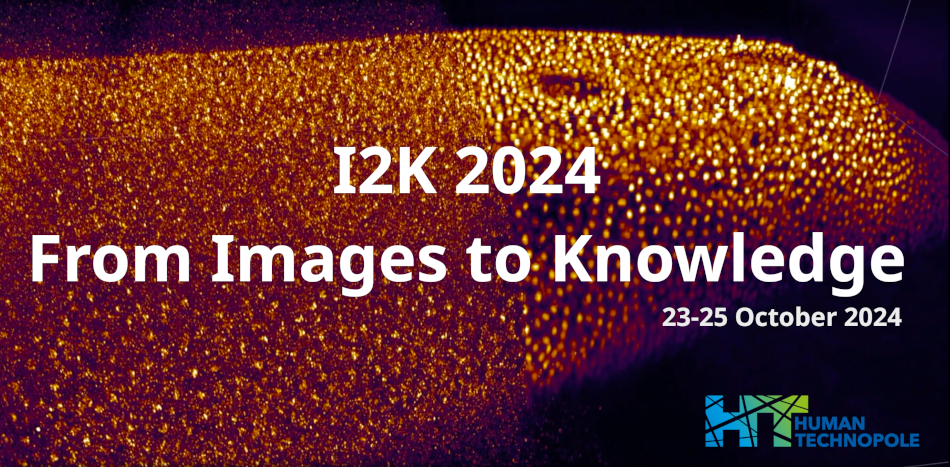Speaker
Description
Dense, stroma-rich tumors with high extracellular matrix (ECM) content are highly resistant to chemotherapy, the standard treatment. Determining the spatial distribution of cell markers is crucial for characterizing the mechanisms of potential targets. However, an end-to-end computational pipeline has been lacking. Therefore, we developed a robust image analysis pipeline for quantifying the spatial distribution of fluorescently labeled cell markers relative to a modeled stromal border. This pipeline stitches together common models and software: StarDist for nuclei detection and boundary inference, QuPath’s Random Forest model for cell classification, pixel classifiers for stromal region annotation, and signed distance calculation between cells and their nearest stromal border. We also extended QuPath to support sensitivity analysis to ensure result consistency across the parameter space. Additionally, it supports comparing classification results to statistically propagated expert prior knowledge across images. Notably, our pipeline revealed that the signal intensity of Ki67 and pNDRG1 in cancer cells peaks around the stromal border, supporting the hypothesis that NDRG1, a novel DNA repair protein, directly links tumor stroma to chemoresistance in pancreatic ductal adenocarcinoma. The codebase, image datasets, and results are available at https://github.com/HMS-IAC/stroma-spatial-analysis.
| Authors | Antoine A. Ruzette*, Nina Kozlova, Taru Muranen, Simon F. Nørrelykke |
|---|---|
| Keywords | solid tumors, stroma, spatial analysis, QuPath, StarDist |

